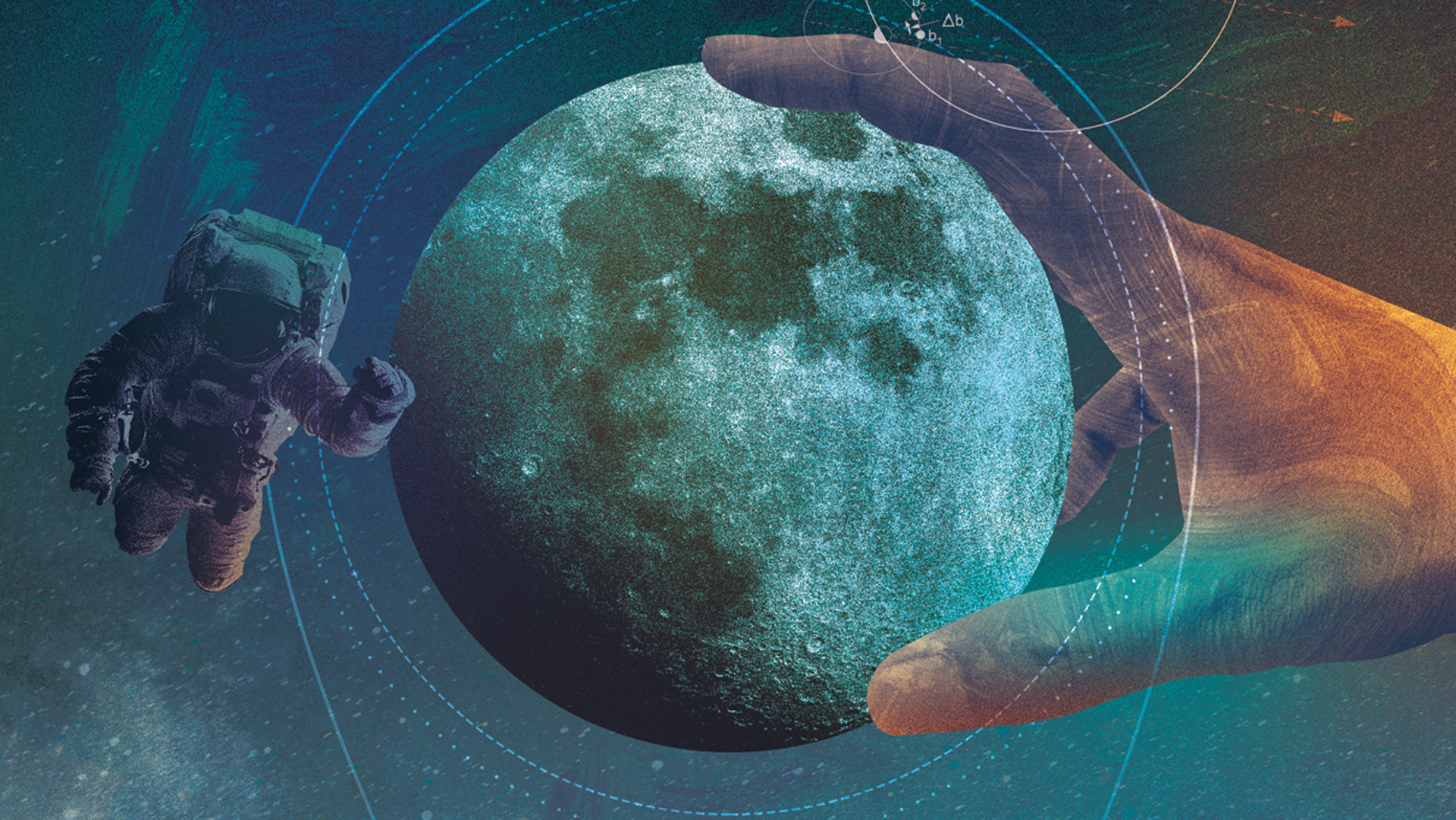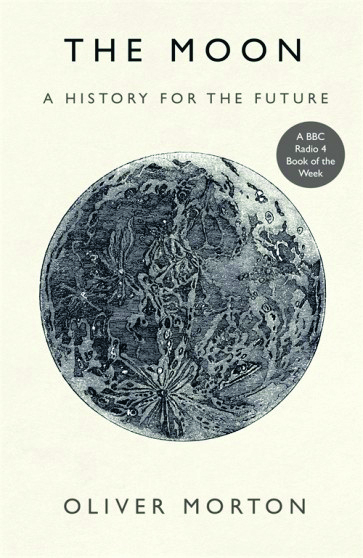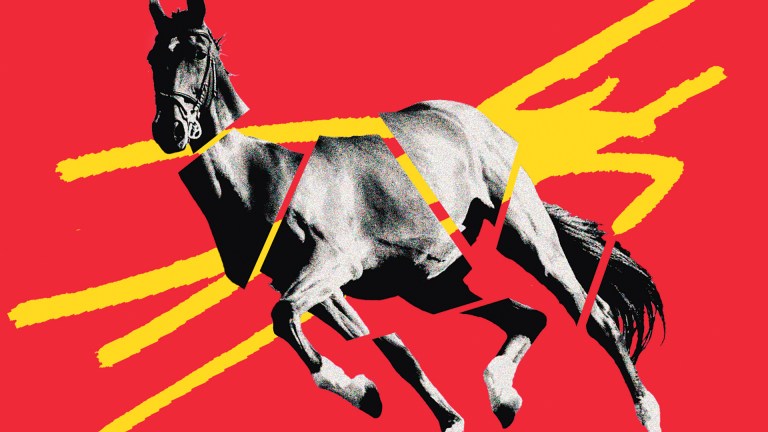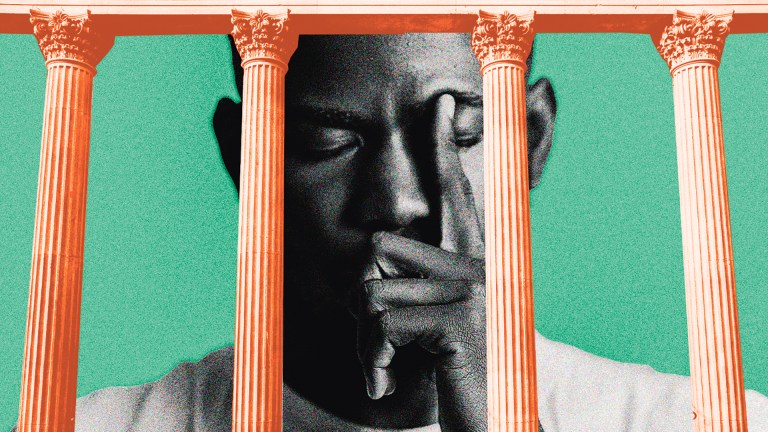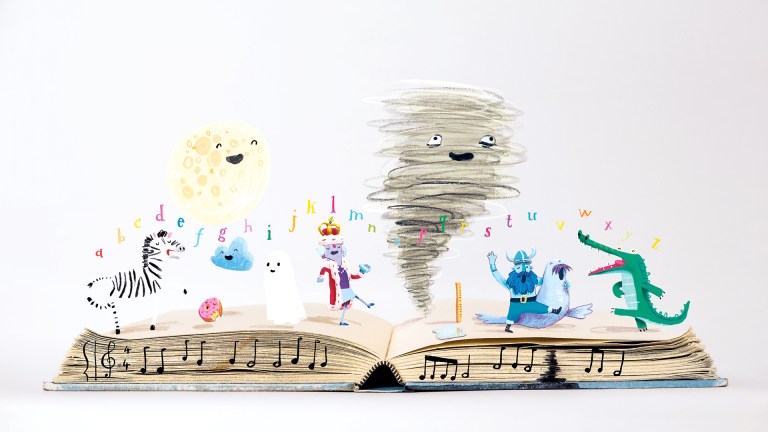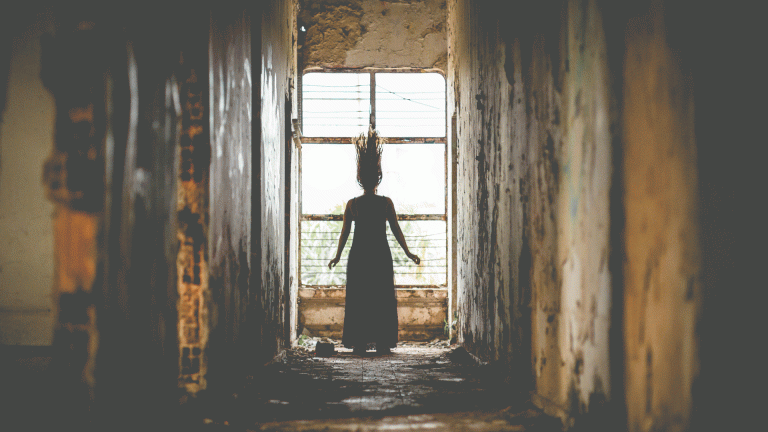The moon is the thing that everyone who can see has seen. It doesn’t matter where you were born, or when. If you see, you have seen the moon. It is a basic fact of the sky.
So, of course, are the sun and the stars. But looking at the sun wounds you, and the stars are just points of light. Looking at the moon is safe, and reveals detail – the same unchanging features, some bright, some darker, that everyone else sees. The angle at which it is lit changes as it orbits the Earth; sometimes it is full, illuminated head on; sometimes it is a barely visible backlit crescent. But the thing itself never changes. Science suggests that the last time the moon looked discernibly different was about 100 million years ago.
Was it really possible, children reared on Star Trek asked, that the grown-ups went to the moon, and came back, and that’s it?
That said, although everyone looks at the same features, they don’t necessarily see the same things. Some see a man in the moon. Some a woman. A lot of people see a rabbit. In the middle ages, they saw a man gathering sticks. Some said he was Cain, the brother killer. Some people said he was just a guy who needed some wood. There was a monk who saw a dragon. My wife sees someone yawning.
Scientists see half a continent’s-worth of bare rock, bereft of water, ice or air, pummelled by asteroids and comets long ago, still pockmarked by the scars and scabs that resulted.
There is another thing people almost all share about the moon. They cannot remember the first time they saw it. That revelation almost always happens before you have reached the age where you can lay down memories that can be accessed later. You can have a good guess as to how you first saw it, though. It was probably shown you by a parent happy to delight you with a light in the sky. Which means, I like to think, that most people are given the moon with love, and sometimes feel an echo of that love when they look up at it.
I remember learning at university that there are people who, blind from birth, achieve sight as adults through medical intervention. If I had thought of this while writing my book, The Moon: A History for the Future, I might have scoured their case histories to see if any ever described seeing the moon for the first time. Did it amaze? Did it disappoint? I wish I knew – but the idea only struck me after the book was done.It seems that even after years of work, there are always new things to wonder about the moon.
